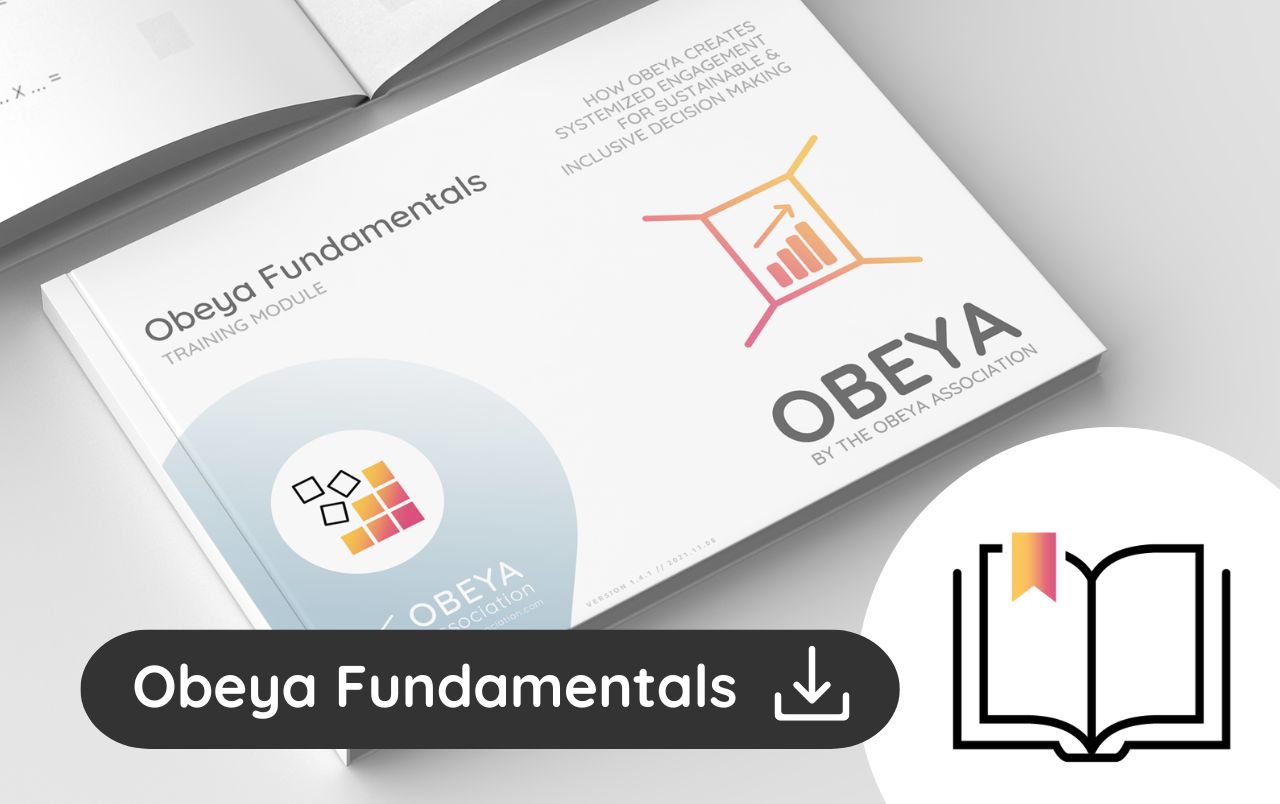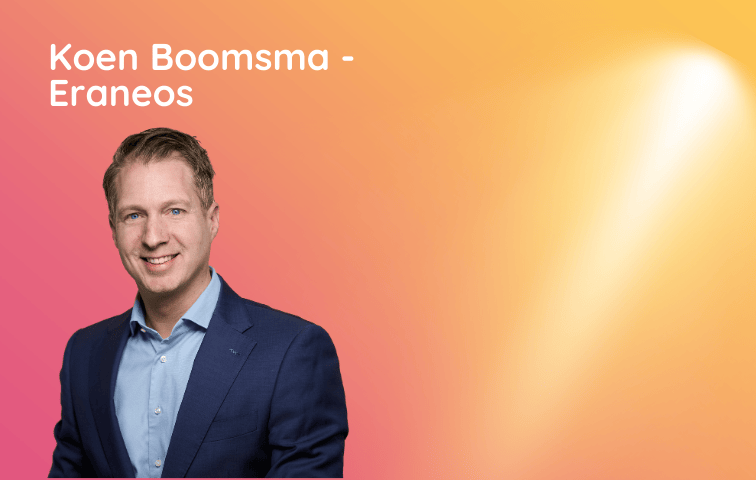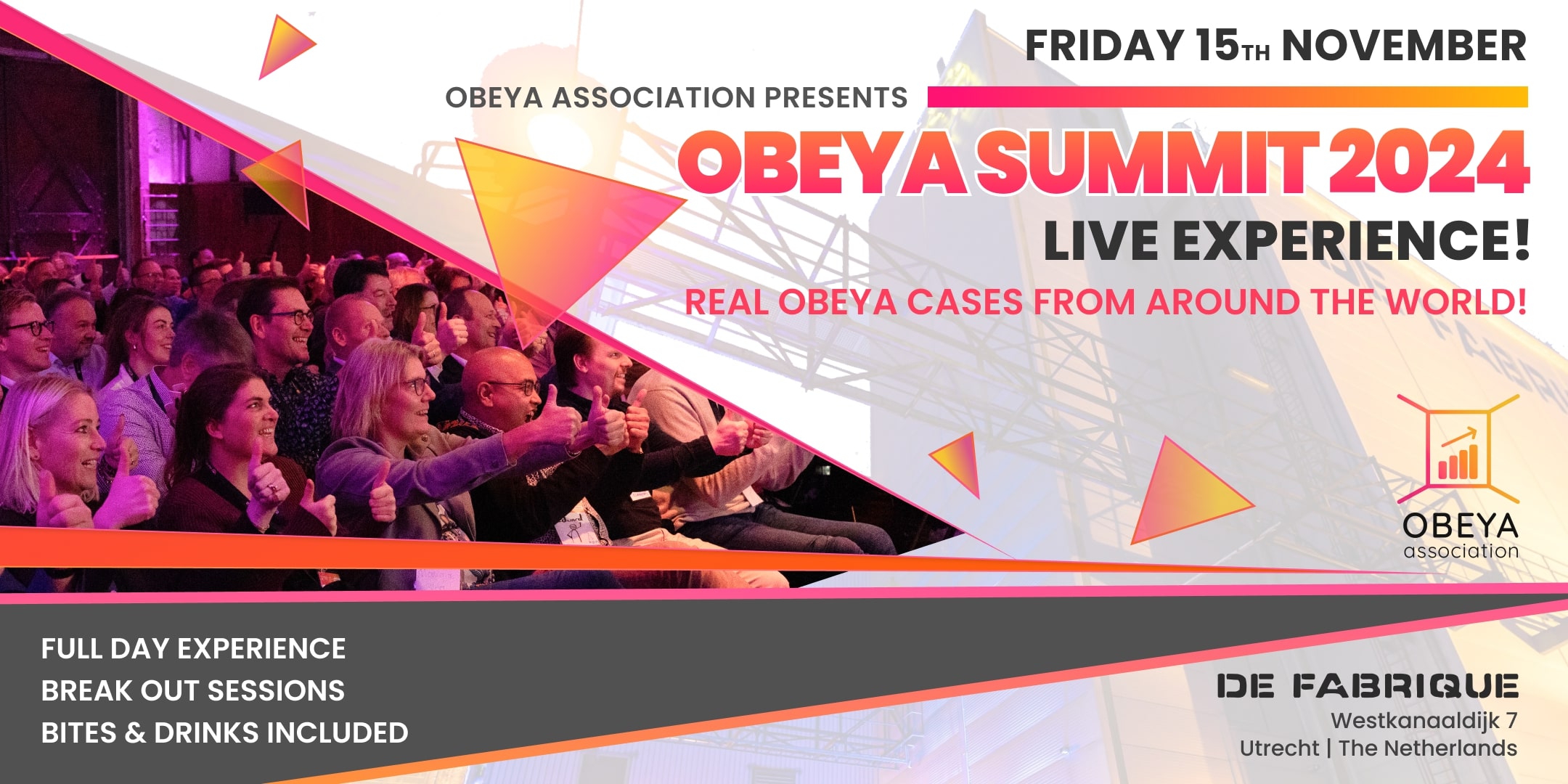
Author of this article: Tonianne DeMaria
Toni has drive, grit, energy and a deep caring and compassionate love for us human beings. She believes in maintaining a healthy work-life integration, which looks different for everyone as we all need to set boundaries that work for our individual context. She is on a mission to humanize the workplace, one in which everybody involved is valued and respected and feels the confidence to act. Her approach to work and life is to find ways, build structures and interact in such a way it feels sustainable for everyone involved.
I’ve shared this story countless times. It’s about the well-worn Post-it Note stuck to my monitor – the one on which I’ve captured “the worst thing I ever heard from a client.”
The one that reminds me why I do what I do every single day.
(No…scratch that. The one that reminds me why *I GET* to do what I do every single day.)
For those of you who haven’t yet heard me choke back tears relating this particular experience, allow me to re-cap:
It was Monday morning, my business partner Jim Benson and I had just arrived at our new client’s site, ready to teach the organization about Personal Kanban. We were in the midst of introductions during which we asked each attendee to share what they had hoped to get out of the week ahead while we were visiting.
Around the room and one-by-one we heard the usual, expected workplace laments:
Help me gain control of my work.
Can you do something about all these meetings?
How do I know what a priority is if everything seems to be a priority?
Then…it was her turn.
She stood up, self-identified as a single mom of three teenagers, and shared she’d been with the organization for 19 years. While she loved her colleagues and respected the service they provided to their customers, she expressed concern that she had no formal education beyond high school – reiterating how she was the sole provider for her household – and this being the only major employer for miles, she had to make this job work.
Her kids – she emphasized – needed her to make this work.
Her desperate-sounding request from us?
Please. Help me justify my existence to my boss.
After 19 years of dedicated service, “Elizabeth” (as l will call her) stood across from us, her voice quivering with an unexpected vulnerability as she made that wholly unforeseen plea. The weight of her words – the human cost of invisible work, a lack of relatedness, and unclear value – struck me to my core. Here was a professional who, by our own observation throughout the course of the week ahead, was clearly respected by her peers. And yet she was reduced to questioning her worth in an organization she’d helped shape for nearly two decades.
The abject disconnect between her obvious value and her painful uncertainty illuminated a fundamental failure in how we make work visible and valued in our organizations.
This moment crystallizes why visual management systems like Obeya aren’t just about efficiency and effectiveness, they’re about human dignity. In an age where “human-centered” has become a marketing platitude, true humane management remains rare.
Yet it is exactly what our workplaces desperately need.
You see, when we implement Obeya rooms, we’re not simply hanging boards and charts and inviting team members to hold performative meetings in front of them. We’re co-creating living, breathing spaces where the outcomes of human endeavor become visible, individual contributions become tangible, and individuals – along with their peers and leadership – can see and even celebrate their impact in real-time.
Neuroscience further buttresses their efficacy: our brains process visual information far more efficiently than text, making these visual management spaces a natural fit for human cognition.
But the deeper psychology is even more compelling. What makes Obeya truly “humane” goes beyond its visual elements, as it’s built on principles that recognize and respect human nature. A few cases-in-point:
Visibility Begets Value
When work is visible, it becomes valued. Elizabeth’s crisis stemmed from work that ostensibly happened in the shadows: her crucial contributions lacked visibility. Obeya brings work into the light, making contributions obvious and immediate.
Psychological Safety Through Transparency
Visual management creates what cognitive psychology (and later systems thinking) calls “shared mental models.” When everyone can see the same information, status, and challenges, it reduces anxiety and begins to build trust. No one needs to justify their existence when their contribution is apparent to all.
The Neuroscience of Belonging
Our brains are wired for social connection and an awareness of status. Obeya rooms create a physical space where team members can see and appreciate their role – their contributions – within the context of their team’s, project’s, or organization’s larger story, satisfying our deep-seated needs for belonging and purpose. Far more than inert meeting spaces, Obeya rooms are dynamic, engaging, collaborative environments where teams gather, share insights, build trust, and forge relationships. Not only does this satisfy our fundamental need for connection but in the end it enhances organizational effectiveness.
Natural Cognitive Processing
Traditional management often forces people to work against their natural cognitive needs. (I’ve yet to find research that supports the humanity of an Excel spreadsheet.) Obeya aligns with how our brains naturally process information: visually, spatially, and socially. This reduces cognitive load and keeps mental fatigue at bay, allowing people to channel their energy towards creating value rather than expend it navigating murky management systems (…or Excel spreadsheets).
Real-Time Feedback and Growth
Facilitated by the anticipation of dopamine, our brains are wired to seek feedback – information that helps us understand if we are right or wrong – and learn from it. The visualizations within the Obeya provide immediate (non-threatening) feedback that supports learning and development, making continuous improvement achievable and rewarding.
The Human Side of Visual Management
For Elizabeth, even the simple implementation of Personal Kanban – a tool to visualize, track, collaborate on, and improve work – began to transform her workplace reality. Through basic visual management, her invisible work finally gained form and recognition.
But her story points to a broader truth: when we make work visible, we make people visible. And this is where Obeya takes these principles to their full potential.
While Elizabeth’s journey began with Personal Kanban, Obeya represents the complete realization of these visual management principles. It transforms not just individual workflows, but entire organizational dynamics. Contributions become visible, measurable, and – most importantly – valuable in ways everyone can see. No longer does anyone need to justify their existence, because their impact becomes evident in the visual story of the organization’s success.
Beyond the boards, charts, and metrics lies something profound: a system that honors human dignity by making work visible, contribution clear, and collaboration natural. Elizabeth’s story might have begun with a plea for visibility, but it illuminates the path toward truly humane management.
Do consider joining me in two weeks at the Obeya Summit in Utrecht, where we’ll explore how Obeya creates not simply effective workspaces, but humane ones – where no one ever needs to justify their existence, because their value is visible, recognized, and celebrated every day.
And together we can ensure there are no more Elizabeths questioning their worth in our organizations.





